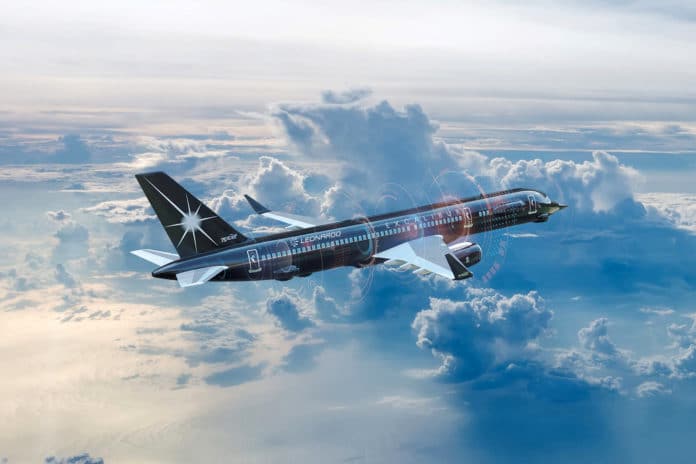An Italian aerospace company Leonardo has placed the latest in a series of contracts with UK-based aviation services company 2Excel to begin the next stage of conversion work that will see a Boeing 757-200 transformed into a flying testbed in support of the country’s Tempest future combat air system.
Named ‘Excalibur’ after the legendary sword of King Arthur, the aircraft will be used to test technology for the 6th-generation Tempest fighter jet being developed by the international Team Tempest for the Royal Air Force and the Italian Air Force. On-board, scientists and engineers will test futuristic sensors and communications for the Future Combat Air System that the UK and its international partners are developing to fly into service in 2035.
The aircraft is being modified to supplement the transformational digital-first approach the Team Tempest partners are taking with regard to the testing and evaluation of Tempest’s next-generation electronics. Excalibur will provide the real-world flight environment needed for the latter stages of development of the complex, integrated sensors, non-kinetic effects, and communications Leonardo is developing. The aircraft could also be used to complement the development of uncrewed technology, including acting as a control hub for uncrewed platforms undergoing tests.
The Tempest flight test aircraft (FTA) concept and design phase proposed the initial outline design solutions for Excalibur, incorporating Leonardo’s requirements for the placement of sensors and supporting equipment both internally and externally on the aircraft. The activity considered the size, weight, and power requirements of the high-tech technology that would fly on Excalibur and identified appropriate locations and the provision of necessary services, e.g., power, cooling, racking, observer stations, computing, and data recording.
The existing Excalibur aircraft will be able to fly at an altitude of 42,000 feet (12,800 m) at a cruising speed of Mach 0.8. Its range carrying a full payload is 3,900 nm (7,223 km), and it can fly for 8 hours. The aircraft can carry up to 28 tons of cargo (or 14.5 tons) when flown with full tanks.
In addition, Excalibur will have a significant fit of equipment under test, including a ‘representative cockpit’ in the passenger cabin. Flight test instrumentation will be fitted in advance of baseline flight tests required for future certification of the modified aircraft.
External modifications, including a significantly modified nose section, have been modeled to analyze the aerodynamic and structural impact on the aircraft whilst meeting the Leonardo equipment installation requirements.
